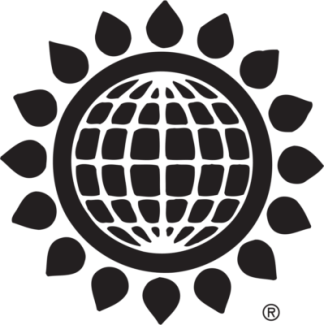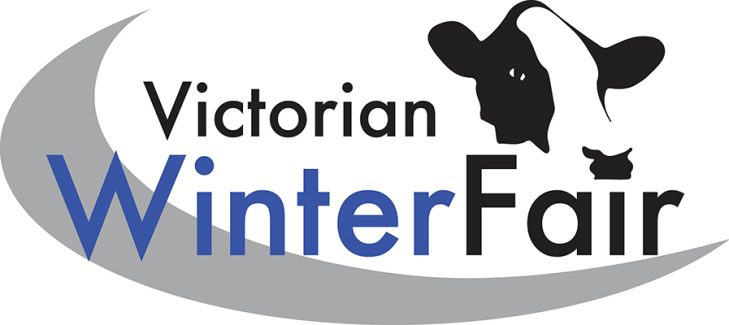A spike in empty cow rates shows how easily nature can expose flaws in dairying best practice, says a Waikato vet.
Tirau vet and farmer Ian Scott said the exceptionally wet spring and early summer experienced in many parts of the country had played a large part in an increased number of cows failing to get in-calf.
Empty rates among his clients were sitting about 13-14 per cent, although he had seen some herds with a rate nearer 18 per cent and heard of others in the 20s.
“You do get some farmers who have the skills and the financial means to keep the rate down but you also have guys with lower quality feed and a financial situation that can impact their ability to correct things,” he said.
“Thirteen or 14 per cent isn’t good and when you get to 18 or 20 per cent, it can have a huge financial impact.”
Unusually wet and cloudy weather over spring and summer had affected the ability of plants to produce sugar and carbohydrates, which had in turn reduced the energy available from pasture, Scott said.
During the dairy downturn, many farmers had tried to lower their expenses by reducing both herd size and the amount of supplementary feed given to their animals. There had also been a push from DairyNZ towards grass-only feed systems, Scott said, and this meant available pasture had to be high-energy to meet the needs of the animals grazing it.
“To to be fair to DairyNZ, what they’re endeavouring to do is get farmers to use every blade of grass first then look at what else they can do to build on it,” he said.
“In an ordinary spring and summer, that can work well for a lot of farmers. But nature’s very good at testing the system and what used to be successful isn’t always when it’s thrown a curveball like this wet weather.
“An adverse event like this season shows that what you thought was best practice might not have been.”
Farmers who had reduced their herd size during the downturn and now faced higher than normal empty rates had less wriggle room when it came to which cows could be culled, Scott said.
“Part of the issue is that by the time they allow for a handful of animal deaths and get rid of the empties and a few really broken down animals, there’s no room to cull on production.
“They’re in a situation where they have higher wastage, fewer incoming heifer calves and no replacements,” he said.
Empty rates were similar down-country. The Taranaki Veterinary Centre, which serves farms across South Taranaki, had to date tested about 85,000 cows in the area.
The average empty rate from those tests was 13.1 per cent, from an average 11.1 weeks mating length. That rate was about double the target rate for optimal reproductive performance, TVC chief executive Stephen Hopkinson said.
“Up until 2004, when restrictions on inductions were introduced, the empty rate tracked at 6 to 8 per cent with a mating length of 15-16 weeks,” he said.
“In the years since, the empty rate has stayed fairly constant at 10-11.5 per cent but had increased to 12 per cent last year and now 13 per cent.”
Weekly pasture samples from the Taranaki Agricultural Research Station showed dry matter content had fallen from 16-17 per cent to 11-12 per cent in October and early November.
This meant that although the grass was growing quickly and covers were high, cows were actually being underfed by as much as 25 per cent every day, Hopkinson said.
As well as affecting milk production and body condition, the reduced energy that resulted from unintentional underfeeding could have serious effects on conception rates and drive cows into a non-cycling status.
“Once in a forced state of non-cycling it is very hard to get a cow out of it, plus you also assume she is pregnant to her last mating,” he said.
“And with conception rates to AB (artificial breeding) reduced this meant more cows for the bulls to get in-calf. If you tried to scrimp on bull numbers then this may have backfired as well.”
With supplements taken out of a lot of farms, sudden reintroduction was difficult and even those farms where supplements were used had suffered, Hopkinson said.
“Even System 4 and 5 farms that already feed supplements have had higher empty rates because they didn’t replace the dry matter lost in the grass with extra high energy supplement,” he said.
DairyNZ’s regional manager for Taranaki, Katrina Knowles, said farmers were generally reporting lower six week in-calf rates than last year.
“Farmers have said that a below average spring saw them putting up fewer cows for artificial insemination,” she said.
“Looking ahead, DairyNZ is urging farmers to have a good autumn management plan to get their cows to target body condition score at calving.”
Knowles said the target for cows was a body condition score of 5.5 for first and second calvers, and 5 for mixed-age cows.
Each November the NZ Dairy Statistics report showed the best overall measure of herd reproductive performance, the six-week in-calf rate, of several thousand herds around the country.
DairyNZ supported the view that farmers should monitor their pasture, cow condition and consider their business, and use supplement, as needed.
Knowles said best practice was monitoring conditions and adjusting accordingly.
“We see most farmers do this every day – it’s ingrained in the job – and means that farmers are flexible and adaptable to conditions, whether they are wet or dry,” she said.
Source: NZFarmers.co.nz




